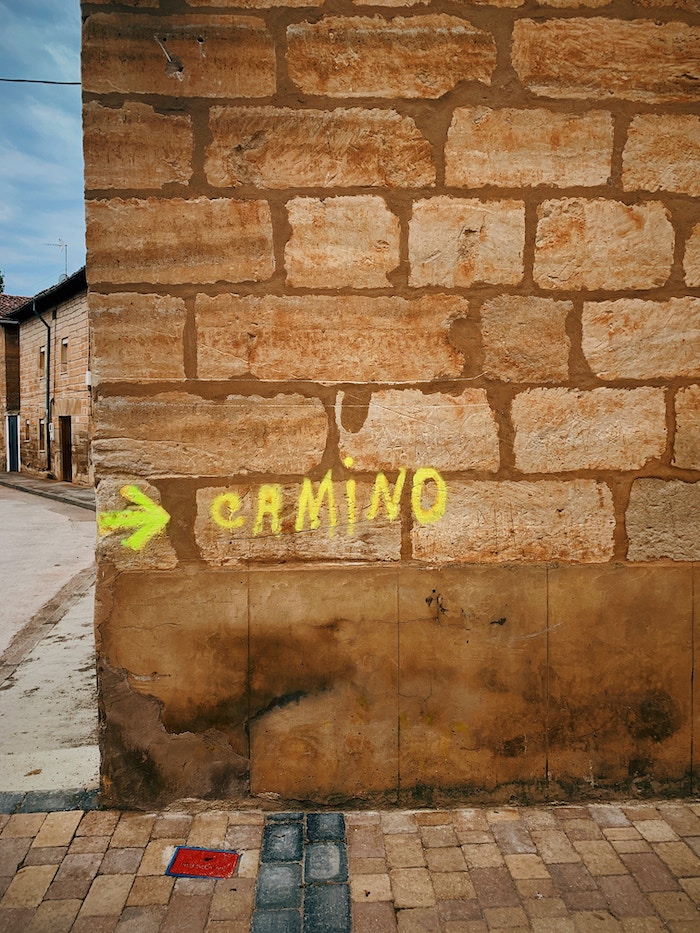Over the last few years, the popularity of crystals has been increasing fast, and the industry is worth billions of dollars. Today a wide range of people are finding crystals beautiful, useful, or healing, including myself. But not so many people think or know about the environmental impact of their crystals. For years, I also had no idea.
The definition of a crystal is “a solid material whose constituents (such as atoms, molecules, or ions) are arranged in a highly ordered microscopic structure, forming a crystal lattice that extends in all directions.” The word “crystal” comes from the ancient Greek “krustallos” which means both “ice” and “rock crystal”—derived from the word “kruos” meaning “icy cold frost.”

Environmental impact of crystal mining
Most of the people don’t know that crystals are harvested by being mined. Therefore, it is just as damaging as other mined minerals and materials. Crystals were once mined ethically and on a small scale, and the mining communities like Native Americans followed their own mining laws. And though the ratio of waste to product when mining was sometimes large, it could supply a small number of people for a longer time. Mining a small amount of crystal often requires larger quantities of material to be destroyed or relocated. With rising demand for crystals, especially in the Western world, the amount of areas destroyed for crystal mining is much greater as it used to before they became so popular—causing much more damage to the environment.
A study done by Laurence Scott at the University of Basel in Switzerland showed that the impact of mining gemstones include water contamination, landscape destruction, soil erosion and soil loss, habitat loss, and other environmental damages. The environmental practices used to mine crystals are not the only problem. Many crystals are mined in countries with few environmental regulations—and even where standards do exist, they aren’t backed up by enforced sanctions to punish companies that don’t comply. Far from strengthening the connection between us and nature, many of these gemstones come from large-scale mines responsible for contaminating water systems and damaging wildlife.
Jade mining in Myanmar
The environmental damage doesn’t stop with water. Gemstones and crystals are a non-renewable resource—meaning that their supply from geological deposits is finite. In Myanmar, where mining operations for crystals are prevalent, the land has been decimated by soil erosion and sinkhole formation, and mountains are left to rubble. This in turn has fueled the mass loss of biodiversity, from the plants that thrive on healthy soil to the wild species that depend upon the natural habitat for their survival. In Myanmar, jade excavation might rival the blood diamond trade in Africa for human rights violations. Local communities go to life-threatening lengths to find these gemstones for large mining corporations, or the military, who take most of their profit.
Labor abuse in Madagascar
Whenever there is a boom in demand for crystals, people flock to new mining sites. These sites are sometimes located in environmentally protected areas and mining practices can threaten local species. Madagascar, a country with many species that exist nowhere else in the world, is especially known for this because they have extensive gemstone resources and it’s their fastest growing export. Madagascar crystals come from large scale industrial mines where the working conditions can be hazardous. Most mining jobs (not just here but globally) are low or unpaid, and horrifyingly, performed by child workers whose smaller hands and bodies are deemed more suitable to accessing mine crevasses. Whole families in Madagascar work in these mines and are endangering their lives by going through claustrophobic pits where breathing is difficult. In the Democratic Republic of Congo seven-year-old children work in the cobalt and copper mines, where healing stones such as citrine and smoky quartz abound.
Why is there no transparency in crystal mining?
Crystals are found on every continent, but it’s difficult to find a crystal seller who will specify the origins of individual stones and even harder to find one willing to talk honestly about the effects of mining. There’s no governing body requiring they do so, no regulator for an industry mired in exploitation and secrecy.
Byproducts of the tech industry
In addition crystals are rarely the primary product that miners are looking for, but rather the shiny byproducts found alongside more valuable elements used in our phones and TVs. So mining supply chains are complicated and part of a huge commercial enterprise. Most of the crystal retailers have no idea where their crystals come from. Tourmaline, amethyst, quartz, and citrine (used to “manifest abundance and prosperity”) are found in gold, copper or cobalt mines, but even publicly traded industrial mines aren’t required to disclose profits from byproducts. It’s difficult to find a crystal seller who will specify the origins of each stone. Even publicly traded mines aren’t required to disclose profits, let alone the factories where the stones are cut and polished and independent traders and shops that sell it.
Without any governing body that currently exists to require the industry to do so, our well-being gemstones will probably continue to be mired in exploitation and secrecy. Without transparent disclosure of where gems are sourced from, there remains no way to really tell if that “healing” crystal on a polished lifestyle blog is truly guilt-free.
For those buying crystals, please be aware of where you are purchasing them and where they might be sourced, to be aware of the practices of the mining industry, as much as it is possible. And think again, is it really worth for you to buy some cheap crystal or gemstone just because your favorite celebrity talked about them or because it is trending on Instagram?
Now you know how your crystals start their ways before they get onto your shelf, so use this information to make better choices. Not just for yourself, but for the sake of the planet and fellow human beings.
As for me, learning about the impact of crystal mining was heartbreaking. I’ve been collecting gems and crystals since I was a child. And I worked with them for years, thinking I was being so spiritual and doing the healing work. Then figuring out what they went through until they finally made it to my shelf made me feel horrible about myself. Suddenly I felt like an idiot, a hypocrite who was living in denial. I’m sure I would have known about these things if I’d cared more but I didn’t. It feels a bit weird, too that not long ago I was writing here about my amazing experience with an infrared jade roller massage bed and now I might even sound as I am against crystal usage. And I heard of amethyst mines before but in my mind it was a romantic site where people go working for the beautiful purple rocks like the seven dwarfs of Snow White—happy and whistling. It’s so interesting how the brain either shuts our or changes information and memories to protect us so we can live in our own little bubble.
I kept my old crystal collection but I don’t want to buy any more new crystals unless I am really sure how they’re sourced. In the same time, I believe it’s a great lesson for me to step back and take a look at some of my spiritual practices and why am I so attached to them. Do I really need an amethyst by my bed to sleep well or is it a placebo? So for this reason, this time while traveling I left my crystal pouch at home to learn to live without them. I still have my jade roller with me, but rather for the benefits of the face rolling and not for the crystal itself (it does wonders with my TMJ symptoms) and I was wondering if I should get a metallic one. But then, it would be a waste of what I already invested in but who knows who suffered and what, so I can have it? This causes such a dilemma… like the time I became vegetarian at 13, and didn’t know what to do with my favorite moccasins that happened to be real lather and had them for years.
We have to make choices and learning as we go through life is part of being human, and probably the best way to grow as a person.
I came to the conclusion that the thing I hate the most in my own daily actions is wasting. I already contributed so much to this business without being aware of it, but throwing away everything I bought before wouldn’t undo this damage. (I could still give them away…) All I can do now is clear up my actions and be mindful about my investments on every level from now on.
Get more like this—Sign up for our daily inspirational newsletter for exclusive content!
__
Photo: Edz Norton via Unsplash




